Indigenous Governance Database
strategic planning and implementation
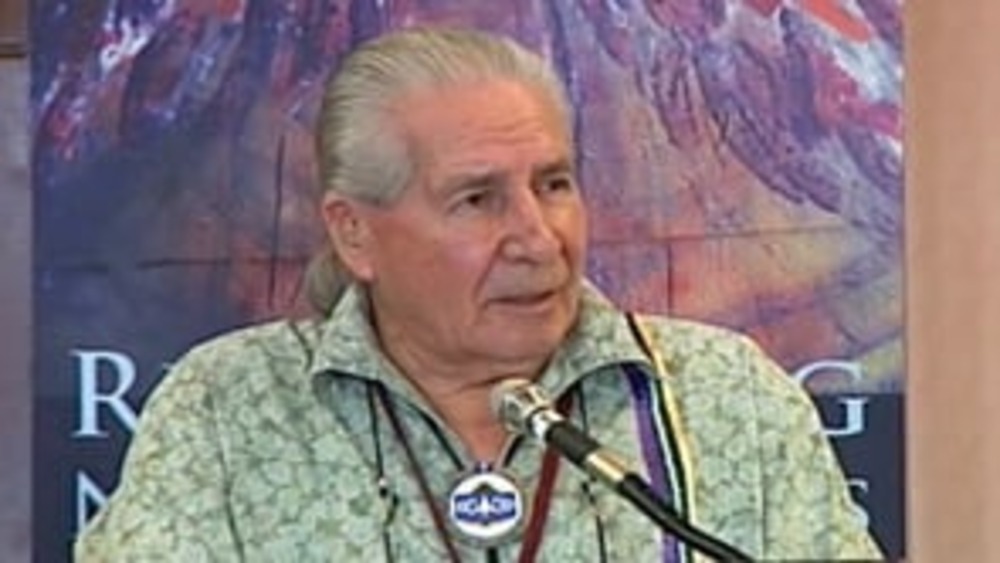
From the Rebuilding Native Nations Course Series: "The Strategic Approach to Leadership"
Native leaders discuss why it is important for Native nation leaders to take a strategic approach to leadership, stressing that the decisions they make must be made with the culture and values of their people and the next seven generations in mind.
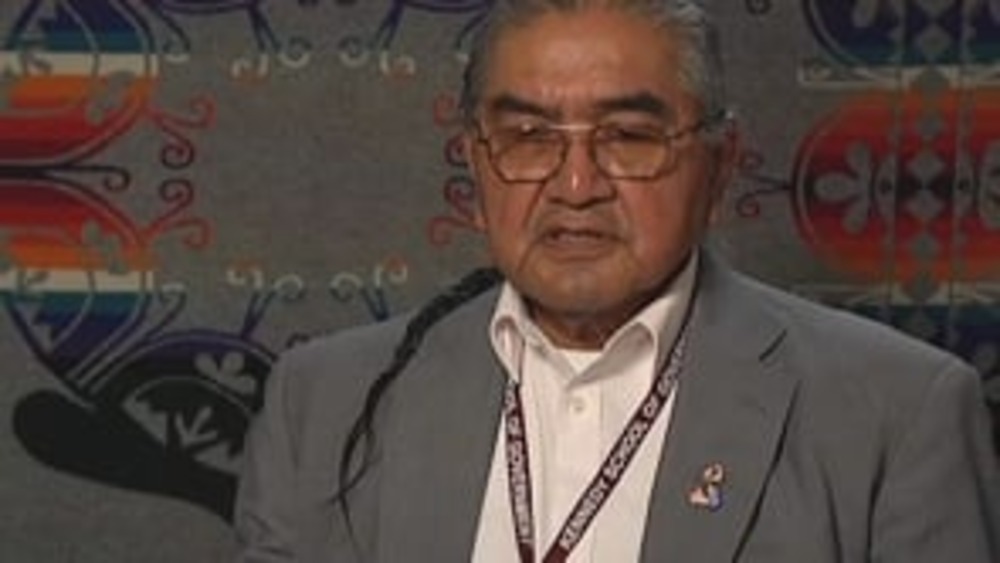
From the Rebuilding Native Nations Course Series: "The Importance of Strategic Planning"
Native leaders explain the importance of strategic thinking and planning to effective Native nation governance and emphasize the consideration of future generations in Native nations' decision-making processes.
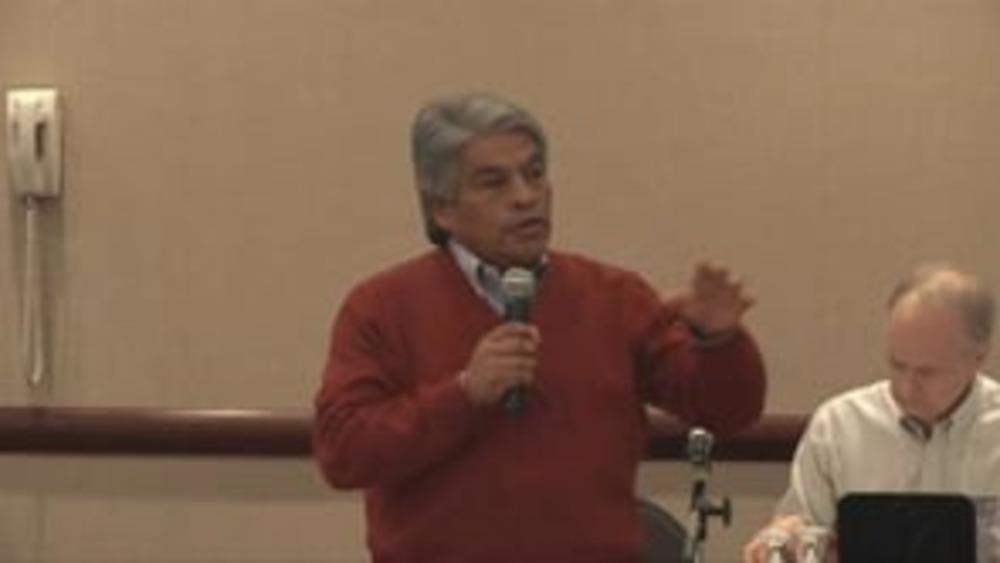
Regis Pecos: The Role of Core Values in Cochiti Governance and Renewal
In this excerpted video, former Cochiti Governor Regis Pecos provides an overview of the core values that are integral to Cochiti's culture and way of life, and shows how his people relied on the application of those core values to overcome a catastrophe and rebuild its nation and community. This…
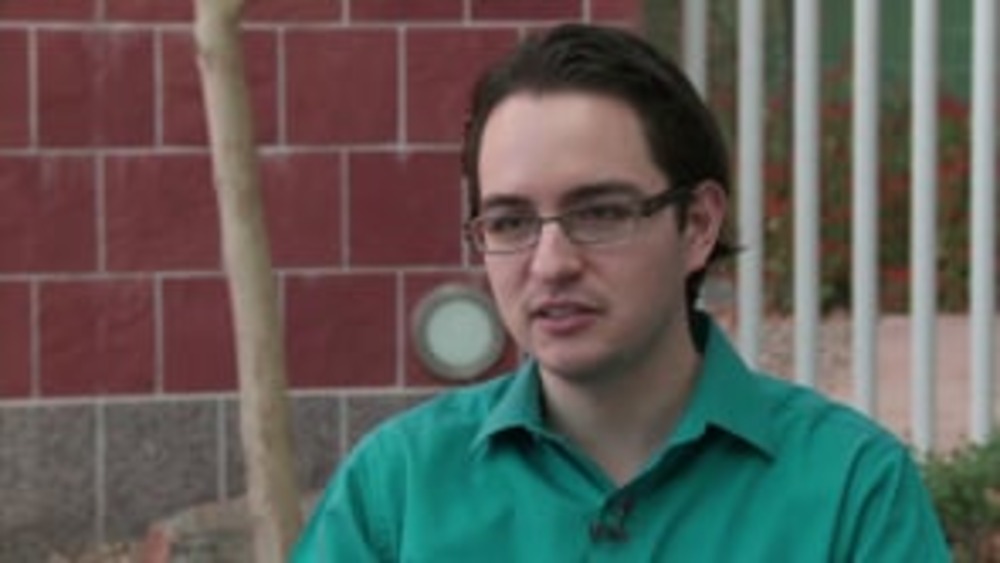
David Montgomery: The Quinault Indian Nation's Q-munity Roadmap
In this interview with NNI's Ian Record, Quinault Indian Nation Budget Officer David Montgomery provides a comprehensive overview of Quinault's Q-munity Roadmap performance-based budgeting process, and discusses how citizen education and engagement has proven crucial to the success of this…
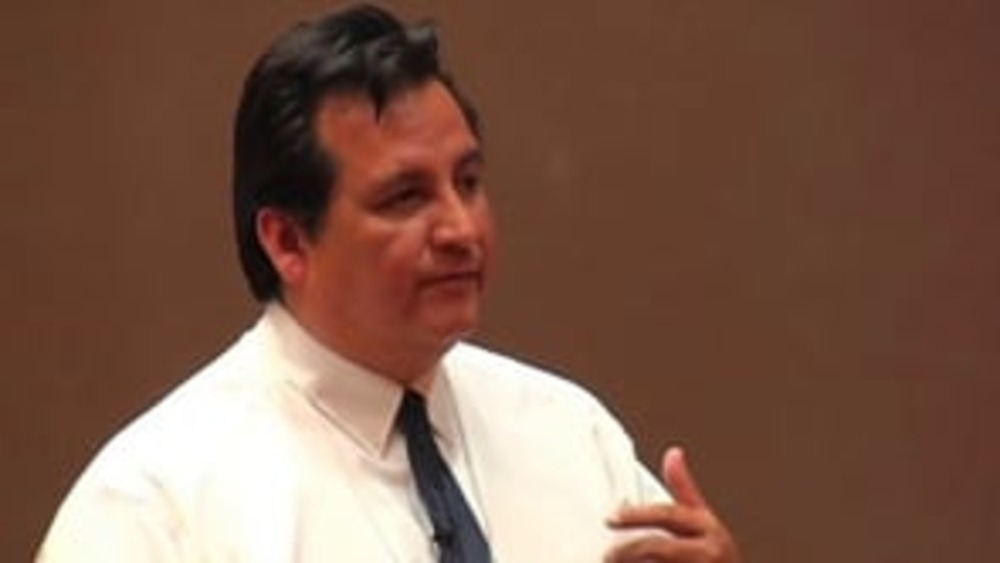
James R. Gray: Government Reform: Mobilizing Citizen Participation
Former Osage Nation Principal Chief Jim Gray explains the significant citizen-engagement hurdle the Osage Nation had to overcome in creating a new constitution and governance system, and how its ability to cultivate citizen participation and ownership in the development of Osage's new government…
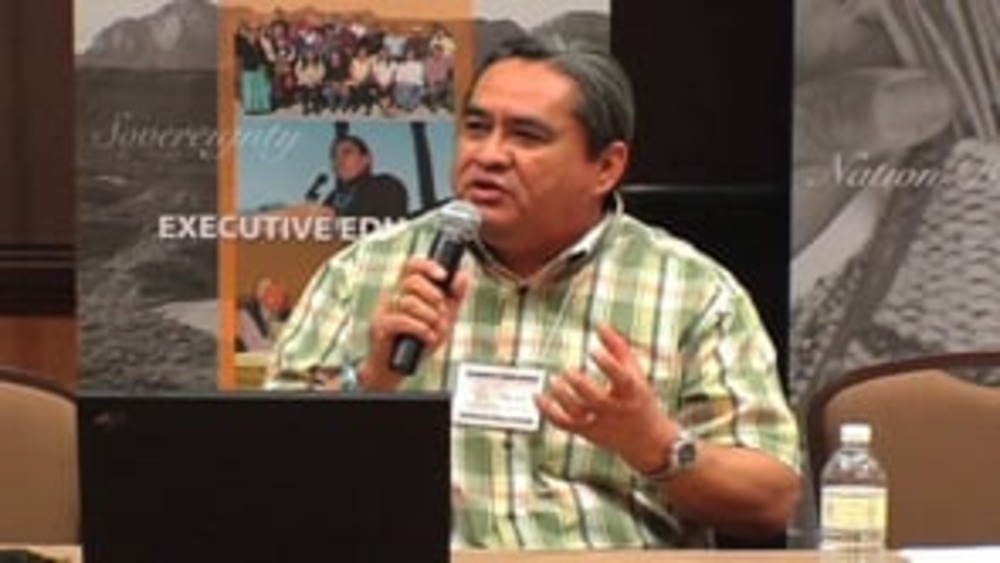
Peterson Zah and Manley A. Begay, Jr.: Strategic Thinking and Planning: Navajo Nation Permanent Trust Fund (Q&A)
Manley Begay and Peterson Zah field questions from the audience concerning the Navajo Nation Permanent Trust Fund and how they and others worked to mobilize and sustain the citizen support necessary to keep the fund intact and allow it to grow.
Honoring Nations: LuAnn Leonard: The Hopi Education Endowment Fund
Hopi Education Endowment Fund Executive Director LuAnn Leonard (Hopi/Tohono O'odham) speaks about the purpose and growth of the Hopi Education Endowment Fund and how the initiative has inspired those HEEF serves to answer the question: What does it mean to be a Hopi?

Honoring Nations: Hepsi Barnett, Tony Fish and Joyce Wells: Reclaiming Native Nations (Q&A)
Native leaders Hepsi Barnett, Tony Fish, and Joyce Wells share a deeper level of detail about the roots and impacts of their nations' Honoring Nations award-winning programs.
Peterson Zah and Manley A. Begay, Jr.: Strategic Thinking and Planning: Navajo Nation Permanent Trust Fund
Former Navajo Chairman and President Peterson Zah and NNI Faculty Chair Manley A. Begay, Jr. discuss the role of strategic vision and planning in the establishment and cultivation of the Navajo Navajo Permanent Trust Fund, and stress the need for Native nations to forge a long-term vision for…
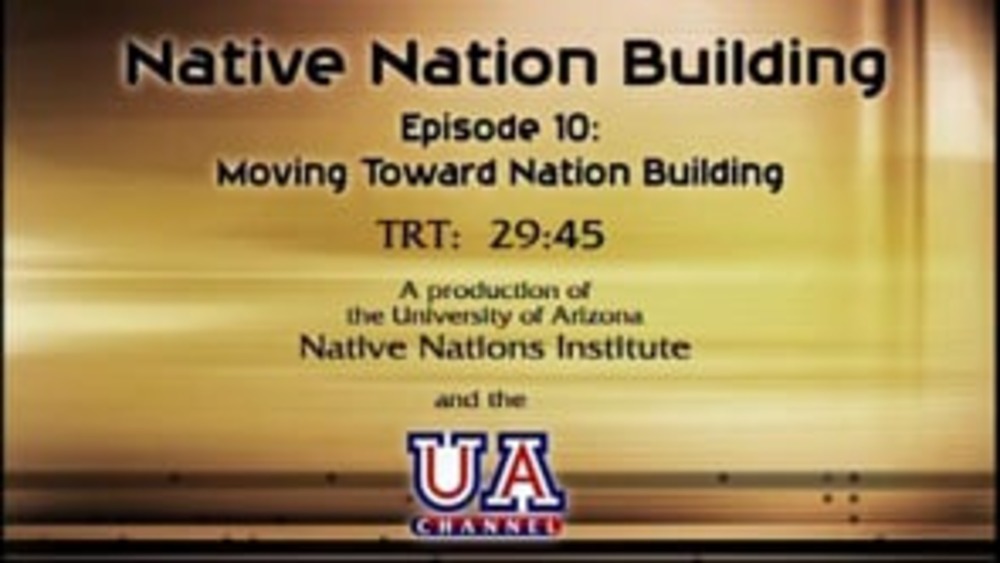
Native Nation Building TV: "Moving Towards Nation Building"
Manley A. Begay, Jr. and Stephen Cornell contrast the two basic approaches to Indigenous governance -- the standard approach and the nation-building approach -- and discusses how a growing number of Native nations are moving towards nation building. It provides specific examples of how implementing…
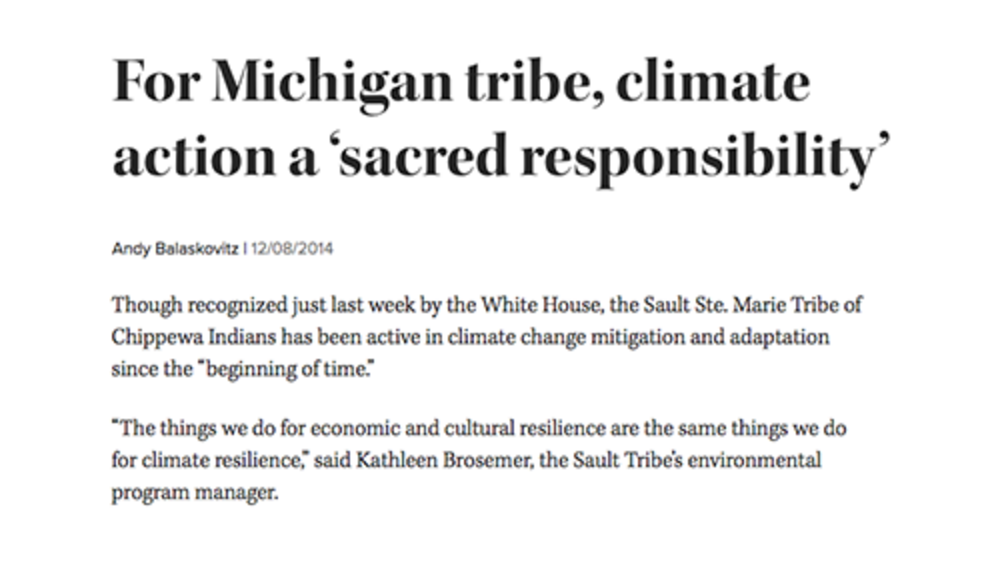
For Michigan tribe, climate action a 'sacred responsibility'
Though recognized just last week by the White House, the Sault Ste. Marie Tribe of Chippewa Indians has been active in climate change mitigation and adaptation since the “beginning of time.” “The things we do for economic and cultural resilience are the same things we do for climate resilience,”…
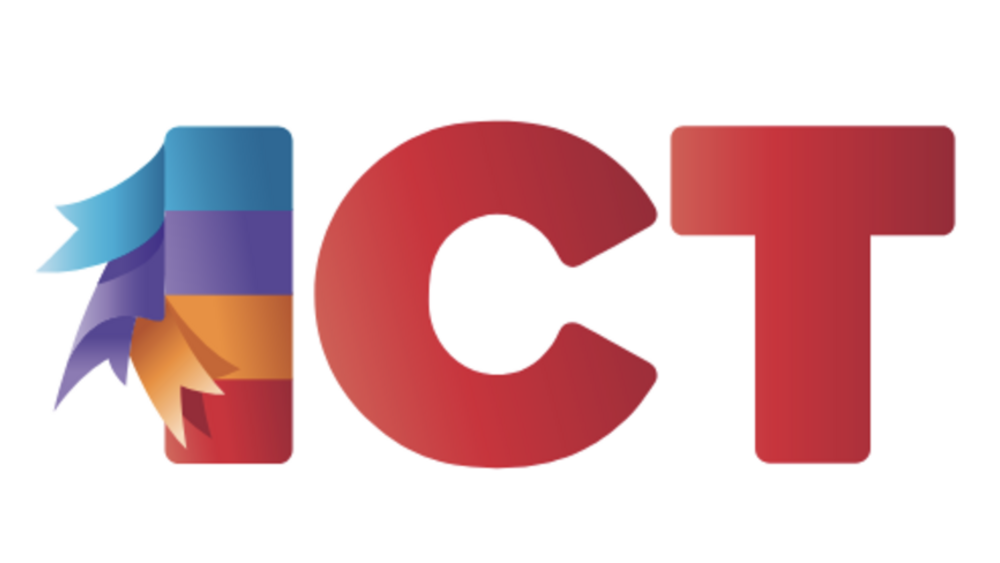
Tribal Strength Through Economic Diversification
The potential impacts of Internet gaming legalization was a major topic at last month’s National Indian Gaming Association (NIGA) convention. Another critical topic, not surprisingly, was economic diversification and Tribes’ ability to pursue and manage the process of planning for change.…
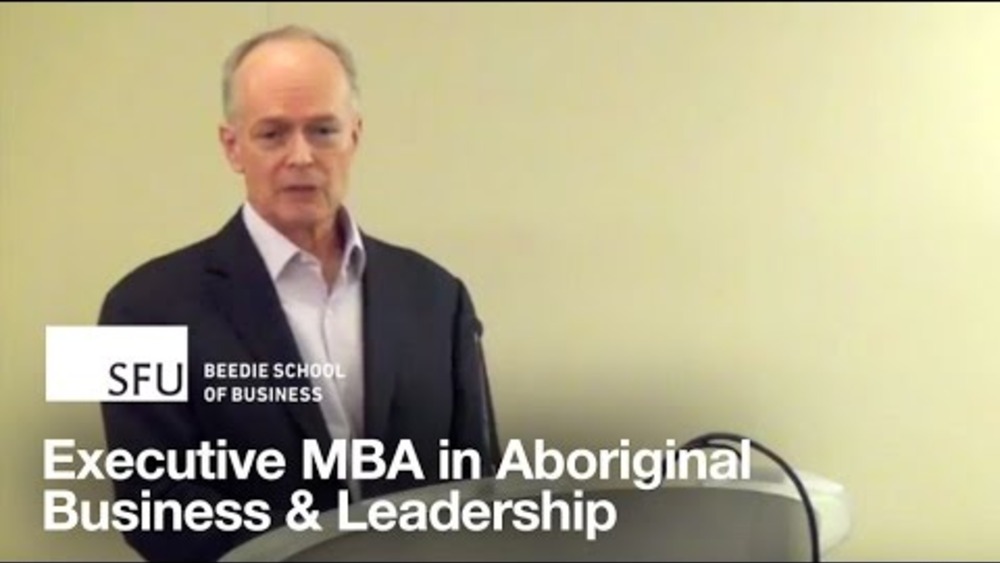
The Harvard Project on American Indian Economic Development and its Application to Canadian Aboriginal Business
This lecture is part of a course Stephen Cornell is teaching in Simon Fraser University's Executive MBA in Aboriginal Business and Leadership program. A panel of three joined Dr. Cornell in a discussion about the building of First Nation economies and the role citizen entrepreneurship can play in…

Planting the Seeds...for Our Children's Future: The Hopi Education Endowment Fund
This seven-minute video presents the founding, development, and current work of the Hopi Education Endowment Fund (HEEF), which won an Honoring Nations award (High Honors) from the Harvard Project on American Indian Economic Development in 2006. The video chronicles HEEF's work in support of…
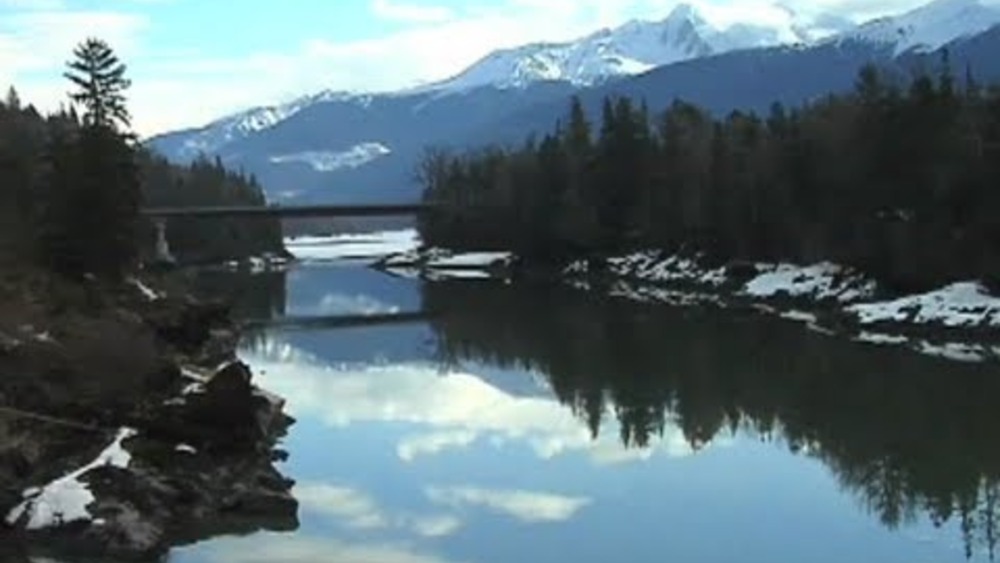
Nisga'a First Nation Circle of Governance
People of the Nisga'a Nation discuss custom and tradition before the Indian Act. They tell how they made the move back to traditional ways through strategic planning and abandoned oppressive ways of the Indian Act.

Mi'gmaq Nation Listuguj
The Listuguj Mi'gmaq Listuguj Nation started a movement to protect their salmon fisheries involving protests, arrests, and eventually organizing to establish fishery laws in eastern Quebec. They formalized documents and laws to assert their jurisdiction that began at a grass-roots level in the…
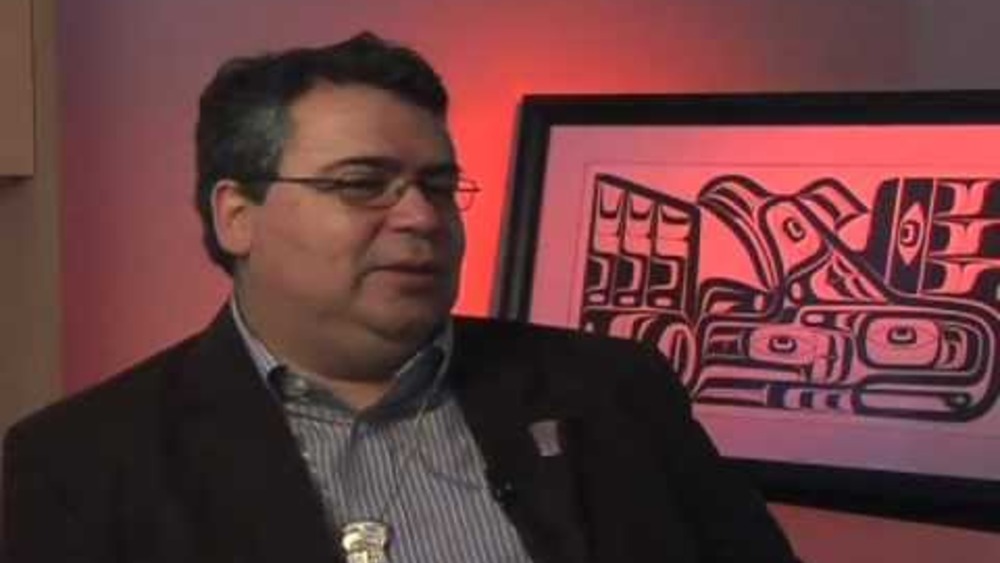
Developing a First Nation Constitution
Chiefs, Administrators and Advisors discuss the importance of constitutions and the work involved in developing their own nation's constitution.

Ktunaxa Nation: Building from their Vision
This video, produced by the National Centre for First Nations Governance, offers a history behind the vision or mission statement of the Ktunaxa Nation in British Columbia.
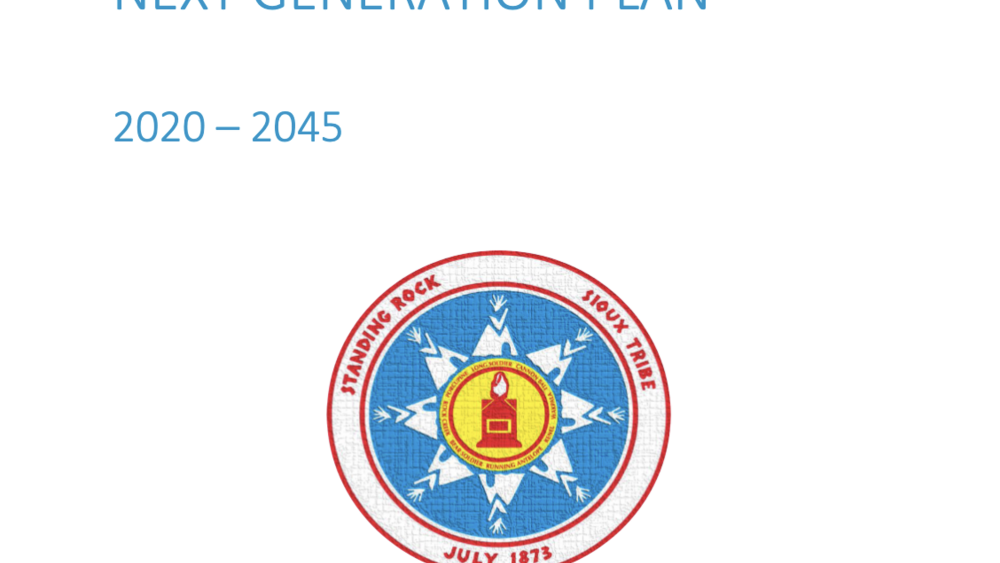
The Standing Rock Next Generation Plan
The Standing Rock Government is engaging in strategic planning. The Standing Rock strategic/government planning model differs from traditional planning models in that it defines 25 years as long term goals, 10 and 5 years as mid-term goals and takes into account the unique dynamics of the…
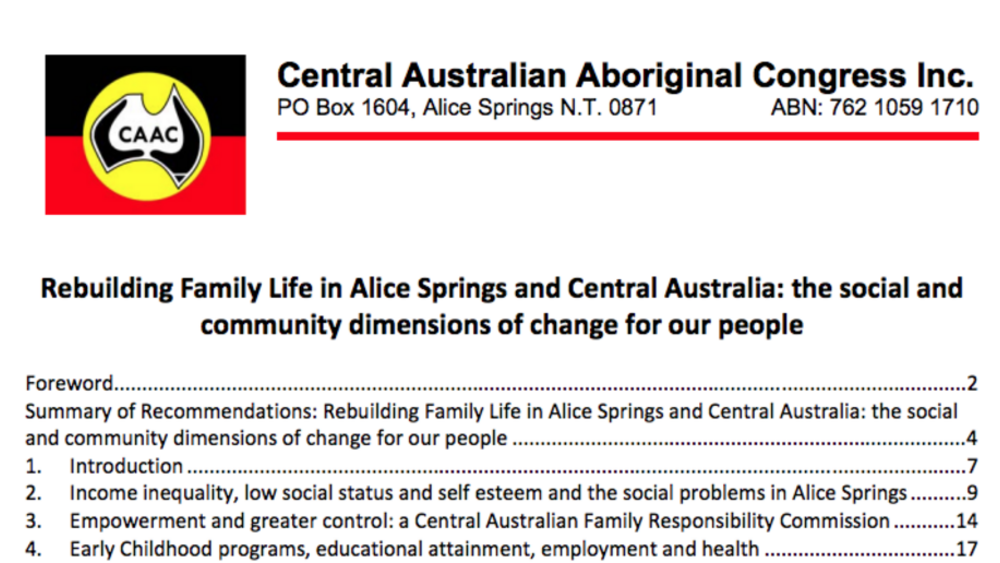
Rebuilding Family Life in Alice Springs and Central Australia: the social and community dimensions of change for our people
This paper has been released by the Central Australian Aboriginal Congress as a constructive contribution to the debate on the social crisis facing Alice Springs and Central Australia. It presents powerful ideas as well as concrete strategies for change that we believe can make a real difference…
Pagination
- First page
- …
- 1
- 2
- 3
- …
- Last page
